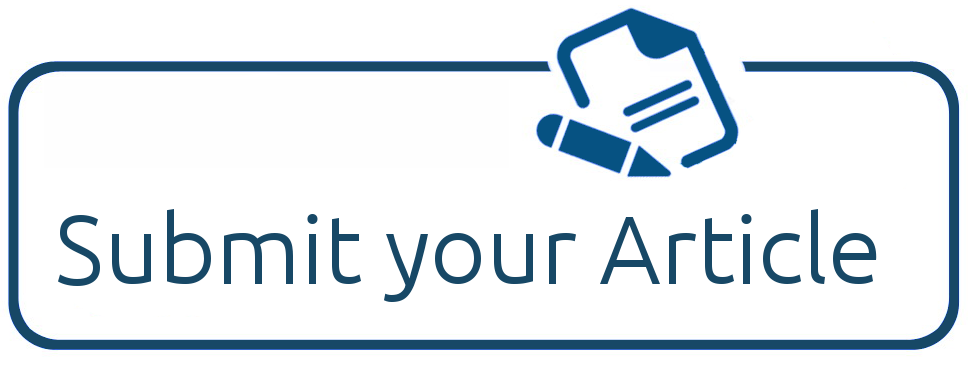Penyelesaian Sengketa Perusakan Lingkungan Hidup pada Hutan Adat Masyarakat Sabuai
Abstract
The geographical location of the Sabuai settlement has been crossed by five rivers, but when the forest upstream of the river is destroyed, the settlement will automatically have a bad impact. The destruction of the Sabuai tribal forest not only caused flooding in settlements, but also resulted in damaged residents' gardens, and crop failures, and even clean water sources were also buried by landslides. The efforts of indigenous peoples to fight for and defend their environment are very difficult. This can be seen from Sabuai Country, Pamatang Siwalalat District, Eastern Seram Regency. The indigenous people of Sabuai struggle to defend their customary forests and are in conflict with CV. Source of Prosperous Blessings. The type of research conducted in this writing is normative juridical law research that is descriptive and analytical. Normative legal research is a form of legal writing that is based on the characteristics of normative law. The results obtained in this study are: There are two (2) paths of environmental dispute resolution, namely out-of-court (non-litigation) or out-of-court settlement also called Alternative Dispute Resolution (ADR), in its implementation Alternative Dispute Resolution consists of negotiation, mediation, conciliation and arbitration and case resolution can be carried out by litigation or non-litigation routes. The settlement of cases by the litigation route means that the settlement of legal issues is carried out in court, The form of legal responsibility in this writing is a form of absolute responsibility (without error). The term unlawful act (onrechtmatig daad) before 1919 by the Hoge Raad was interpreted narrowly, that is, any act that is contrary to the rights of another person arising from the law or any act that is contrary to his own legal obligations arising from the law.
Downloads
References
Asri Wijayanti, Lilik Sofyan Ahmad, Strategi Penulisan Hukum, Bandung: Lubuk Agung, 2011.
A Z Nasution, Hukum Perlindungan Konsumen, Jakarta: Diapit Media,2002.
Beruasaha Pertahankan Hutan Adat, Warga Sabuai Terjerat Hukum oleh Nurdin Tubaka [Ambon] di 28 February 2020, https://www.mongabay.co.id/2020/02/28/berusaha-pertahankan-hutan-adat-warga-sabuai-terjerat-hukum/.
La Ode Angg, Hasan Suat, “Legal Responsibility in the Pollution and Environmental Destruction Due to Gold Mining Exploitation in Botak Mountain of Buru Regency” Fiat Justisia: Jurnal Ilmu Hukum 13, no. 4 (2019): 381-406. DOI: https://doi.org/10.25041/fiatjustisia.v13no3.1695.
Mardalena Hanifah, (2016). “Kajian Yuridis: Mediasi Sebagai Alternatif Penyelesaian Sengketa Perdata di Pengadilan”. ADHAPER: Jurnal Hukum Acara Perdata 2, no. 1 (2016): 1-13.
Munair Faudy, Perbuatan Melawan Hukum, Bandung: Citra Aditya Bakti, 2002.
Siti Sundari, Reformasi Bidang Hukum Lingkungan (Jakarta: Suara Pembaharuan, 2008.
Soerjono Soekanto, Pokok-pokok Sosiologi Hukum, Jakarta: RajaGrafindo Persada, 2007.
Copyright (c) 2023 Harlinud Harudin, La Ode Angga, Barzah Latupono (Author)

This work is licensed under a Creative Commons Attribution-NonCommercial 4.0 International License.
Authors who publish their manuscripts in this Journal agree to the following conditions:
- The copyright in each article belongs to the author, as well as the right to patent.
- Authors are able to enter into separate, additional contractual arrangements for the non-exclusive distribution of the journal's published version of the work (e.g., post it to an institutional repository or publish it in a book), with an acknowledgment of its initial publication in this journal.
- Authors are permitted and encouraged to post their work online (e.g., in institutional repositories or on their website) prior to and during the submission process, as it can lead to productive exchanges, as well as earlier and greater citation of published work.
- Authors have the right to self-archiving of the article (Author Self-Archiving Policy)













